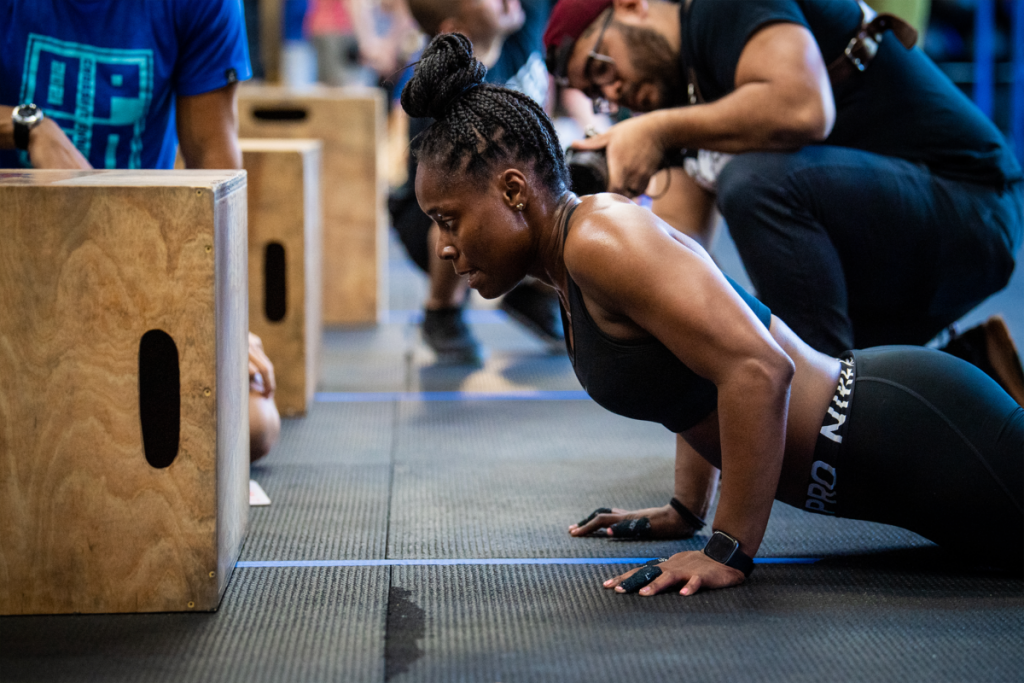Unlike traditional gym workouts that isolate specific muscle groups, functional fitness emphasizes movements that engage multiple muscles and joints, enhancing coordination, balance, strength, and flexibility. In this article, we’ll explore the concept of functional fitness, discuss its benefits, and provide tips for incorporating functional movements into your workout routine.
Functional fitness is based on the principle of training the body for activities performed in daily life, such as lifting groceries, bending down to pick up a child, or carrying a heavy bag. Rather than isolating individual muscles, functional movements involve multiple muscle groups working together to perform tasks efficiently and safely. By incorporating functional exercises into your workout routine, you can improve your ability to perform everyday activities with ease and reduce the risk of injury.
One of the key benefits of functional fitness is its ability to improve overall functional capacity, or the body’s ability to perform daily tasks effectively and efficiently. Functional movements engage multiple muscle groups and joints simultaneously, helping to improve coordination, balance, strength, and flexibility. By training the body to move in a natural, functional way, you can enhance your overall physical performance and reduce the risk of injury during daily activities.

Functional fitness also offers a more holistic approach to training, focusing on movement patterns rather than individual muscle groups. Rather than performing isolated exercises like bicep curls or leg extensions, functional workouts incorporate movements that involve pushing, pulling, squatting, lunging, rotating, and bending – all of which are fundamental to everyday activities. By training these movement patterns, you can improve your overall movement quality and efficiency, leading to better performance in both fitness and daily life.
Another benefit of functional fitness is its scalability and adaptability to different fitness levels and goals. Whether you’re a beginner looking to improve your overall fitness, an athlete seeking to enhance sports performance, or an older adult aiming to maintain independence and mobility, functional exercises can be tailored to meet your specific needs and abilities. By adjusting variables such as resistance, range of motion, and intensity, you can customize your workouts to suit your individual goals and preferences.
Functional fitness can also be particularly beneficial for older adults, helping to improve balance, coordination, and mobility, and reduce the risk of falls and injuries. As we age, maintaining functional independence becomes increasingly important, and functional exercises can help older adults maintain strength, flexibility, and agility, allowing them to continue enjoying an active and independent lifestyle.
When incorporating functional movements into your workout routine, it’s important to focus on proper form and technique to maximize effectiveness and minimize the risk of injury. Start by mastering basic movement patterns such as squats, lunges, pushes, pulls, and hinges, ensuring that you maintain proper alignment and engage the appropriate muscle groups throughout each exercise. Pay attention to your body’s signals and avoid pushing through pain or discomfort, as this could indicate poor form or overexertion.
In addition to traditional gym equipment, functional fitness workouts often incorporate a variety of tools and props, such as stability balls, resistance bands, kettlebells, dumbbells, and suspension trainers. These tools can add variety and challenge to your workouts, helping to target different muscle groups and movement patterns while also improving balance, stability, and proprioception. Experiment with different exercises and equipment to find what works best for you and keeps your workouts engaging and effective.
Functional fitness offers a holistic approach to training that focuses on movements relevant to daily life, rather than isolated muscle groups. By incorporating functional movements into your workout routine, you can improve overall functional capacity, enhance coordination, balance, strength, and flexibility, and reduce the risk of injury during daily activities. Whether you’re a beginner or an experienced athlete, functional exercises can be tailored to meet your specific needs and goals, helping you achieve better movement quality and overall physical performance. So, next time you hit the gym, consider adding some functional movements to your routine and experience the benefits for yourself.





